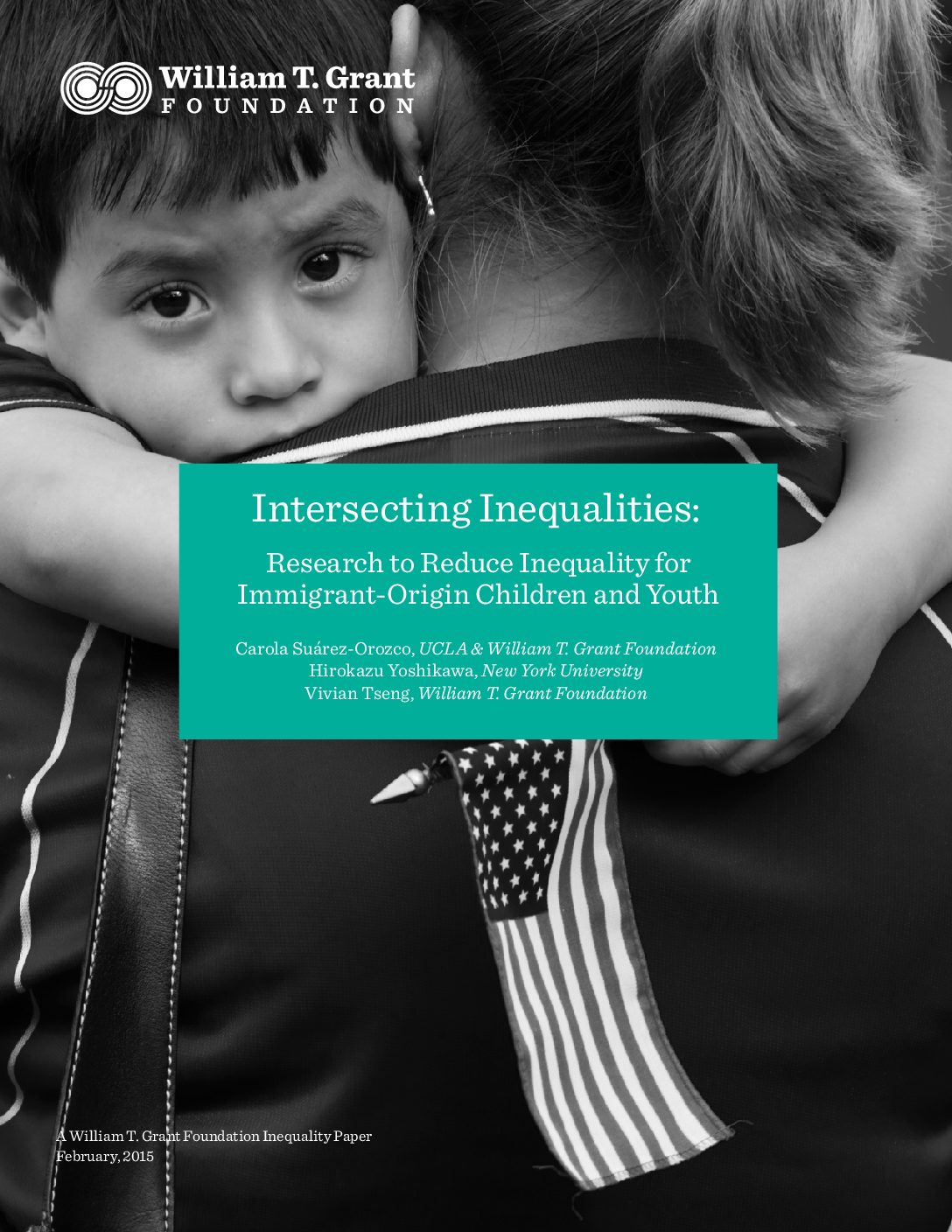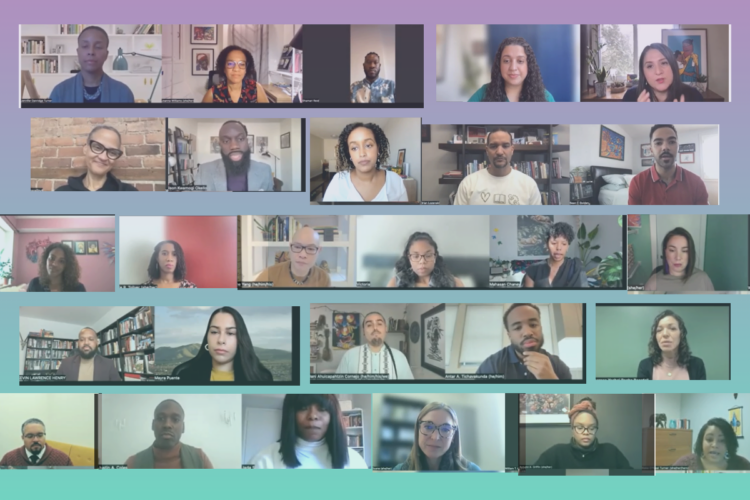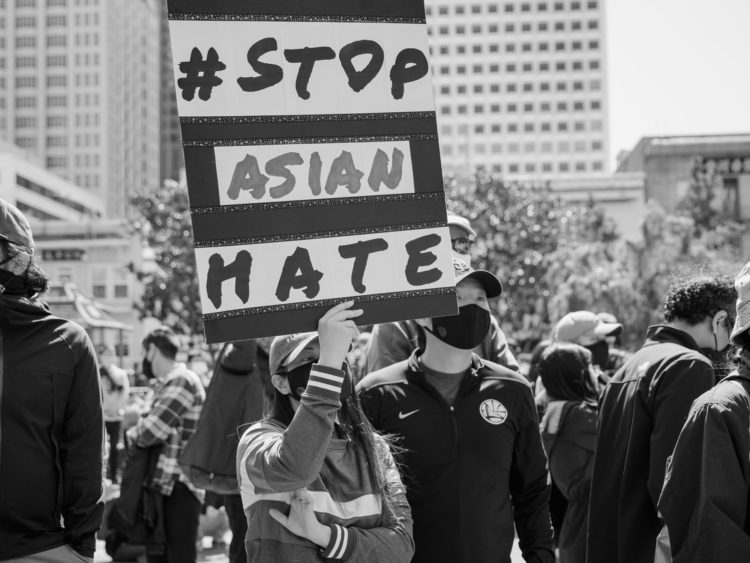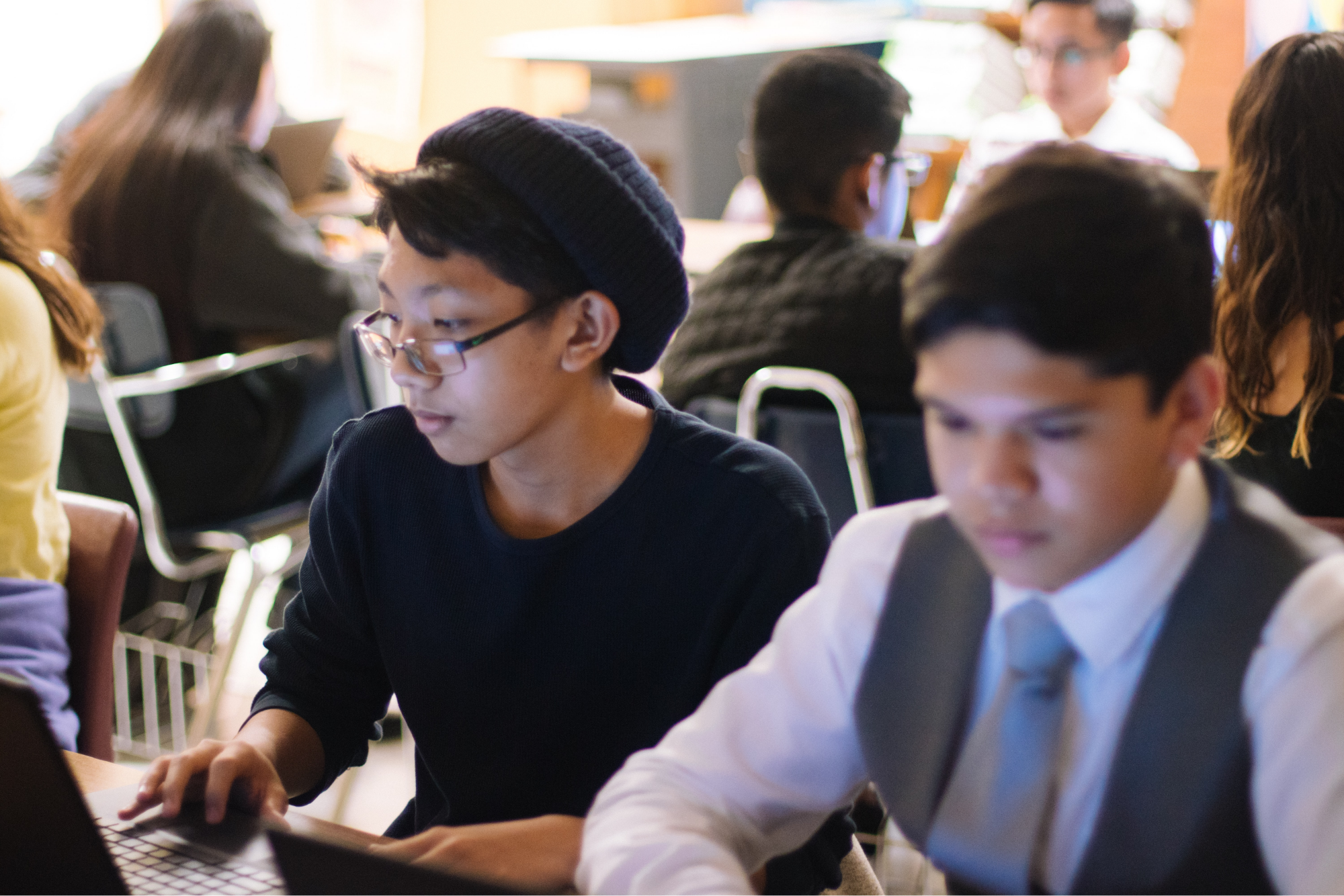As the proportion of our nation’s children of immigrant origins increases, new research is essential to understand and intervene in shifting patterns of disparity.
Over 40 million (approximately 12.5 percent) of people residing in this country are foreign born, and 25 percent of children under the age of 18, a total of 18.7 million children, have an immigrant parent. And while many immigrant-origin youth successfully acclimate to their new land, faring as well as or even better than their native same-ethnicity peers, others face significant challenges in their educational and psychosocial adaptation. Most at risk are youth at the intersection of multiple types of disadvantage, namely low parent education and employment, poverty, newcomer status, language barriers, racialization, and undocumented status.
In Intersecting Inequalities: Research to Reduce Inequality for Immigrant-Origin Children and Youth Carola Suárez-Orozco and colleagues explore how inequality plays out along these six dimensions of disadvantage particular to immigrant-origin families, outline how developments in educational and family contexts can alleviate unequal outcomes and opportunities, and introduce four broad areas of future research that may inform policies, programs, and practices to reduce inequality for immigrant-origin children and youth.







